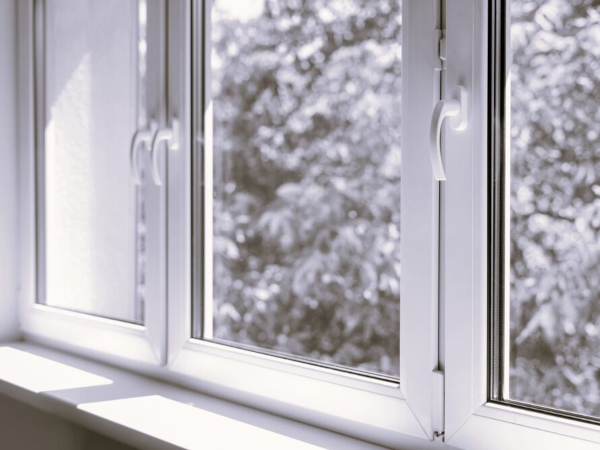
Date: 25 September 2023
It is therefore a key element to tackle the building sector’s energy consumption and to reduce related greenhouse gas emissions. But what qualifies as ‘high-performance glazing’ exactly? In its new informative paper, “Choosing ‘high energy performance’ glazing in windows”, Glass for Europe provides policymakers and consumers with generic information and concrete recommendations on how to assess the performance of an insulating glass unit (IGU).
High energy performance glazing refers to an IGU which is composed of two or three panes of glass, which have been processed and assembled to provide superior energy efficiency and performance characteristics compared to standard glazing. Such characteristics include for instance coatings to minimize heat losses in buildings and to maximise or minimise solar heat gains depending on the climatic zone the building is located. For instance, heat losses are expressed by the Ug value, the lower this value meaning the higher the insulation performance.
When choosing the right type of glazing in new windows, it is equally important to look at the glazing’s capacity in capturing or repealing solar heat gains. This is essential to provide superior energy efficiency and comfort to building occupants under hot conditions. This specific characteristic of glazing is expressed by the g value and it needs more careful considerations than ever to adapt to a changing climate and more frequent heatwaves.
Glazing characteristics and performance must be part of the discussion when upgrading windows!
Alongside the informative paper, Glass for Europe releases a short explanatory video to further highlight the numerous benefits of modern double or triple glazing and promote timely recommendations in the context of the implementation of the new Energy Efficiency Directive and the negotiations on the Energy Performance of Buildings Directive.
 600450
600450














Add new comment